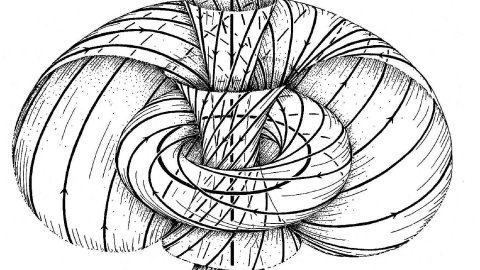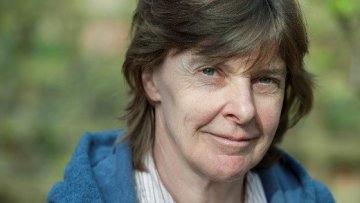Modeling and topological data analysis for biological ring channels
Abstract
Actin filaments are polymers that interact with myosin motor
proteins and play important roles in cell motility, shape, and
development. Depending on its function, this dynamic network of
interacting proteins reshapes and organizes in a variety of structures,
including bundles, clusters, and contractile rings. Motivated by
observations from the reproductive system of the roundworm C. elegans,
we use an agent-based modeling framework to simulate interactions
between actin filaments and myosin motor proteins inside cells. We also
develop tools based on topological data analysis to understand
time-series data extracted from these filament network interactions. We
use these tools to compare the filament organization resulting from
myosin motors with different properties. We have also recently studied
how myosin motor regulation may regulate actin network architectures
during cell cycle progression. This work also raises questions about how
to assess the significance of topological features in common topological
summary visualizations.



